
WFH Gene Therapy Registry – User guide for people with hemophilia – Italian
This document is an introductory guide for people with hemophilia who wish to join the World Federation of Hemophilia (WFH)
Year: 2019
Language: English
Author(s): Adapted from Global NMO Training 2018 plenary presentation by Glenn Pierce
Adapted from: Global NMO Training 2018 plenary presentation by Glenn Pierce
Reviewed by: Glenn Pierce
Edited by: Georghia Michael
The learner is strongly advised to complete Module 1 Introduction to Bleeding Disorders and Module 2 Evolution of Treatment Products, in the WFH Treatment Products eLearning Program before embarking upon Module 3.
This third module in the Program explains the principles that underlie gene therapy, what makes it a promising avenue of research for the treatment of hemophilia, and why it is essential to continue to study this currently experimental approach and to answer outstanding questions of safety, efficacy, and predictability.
Building upon the understanding of how clotting factors work, and their replacement as treatment for inherited factor deficiencies, such as hemophilia A and B, established in Module 1 Introduction to Bleeding Disorders and Module 2 Evolution of Treatment Products, this module explains how genes are expressed as proteins, and how a new gene can be transferred into a person’s cells to produce normal protein, if they have a defective gene.
Different gene delivery methods are explored, focusing on those currently in clinical trials for gene therapy in hemophilia, and questions about how the body responds to these gene transfer techniques are explained. While gene therapy holds great potential for the treatment of hemophilia, it also faces some obstacles. This module offers an understanding of the key concepts that will inform realistic expectations for its efficacy, safety, and widespread availability.
Illustrations and interactive features make this complex content easy to follow while the glossary and linked resources provide more in-depth explanations. Fun quizzes and progress checks allow the learner to assess their understanding, and point back to specific sections for re-study if necessary.
Click on the “View Resource” button above to launch the module. Click on the NEXT and PREV buttons in the bottom right corner to move forward and backward through the module, or jump to a specific section by selecting it from the Table of Contents on the bottom left. The second screen presents all the interactive features of the module and how to use them. Click Help in the upper right corner of the screen at any time to return to this screen.
Glossary terms are highlighted in yellow, look up their definitions by clicking Glossary in the top right of the screen. Full-text supplementary resources are available by clicking Resources in the top left corner. You will find these icons throughout the module, click them for interactive access to more essential information:

Note

Information

Slideshow
If you have previously viewed the module the player may ask whether you wish to resume the presentation where you left off last time. In that case you can choose either to continue from the point where you stopped last time (Yes) or start again at the beginning (No).

This document is an introductory guide for people with hemophilia who wish to join the World Federation of Hemophilia (WFH)
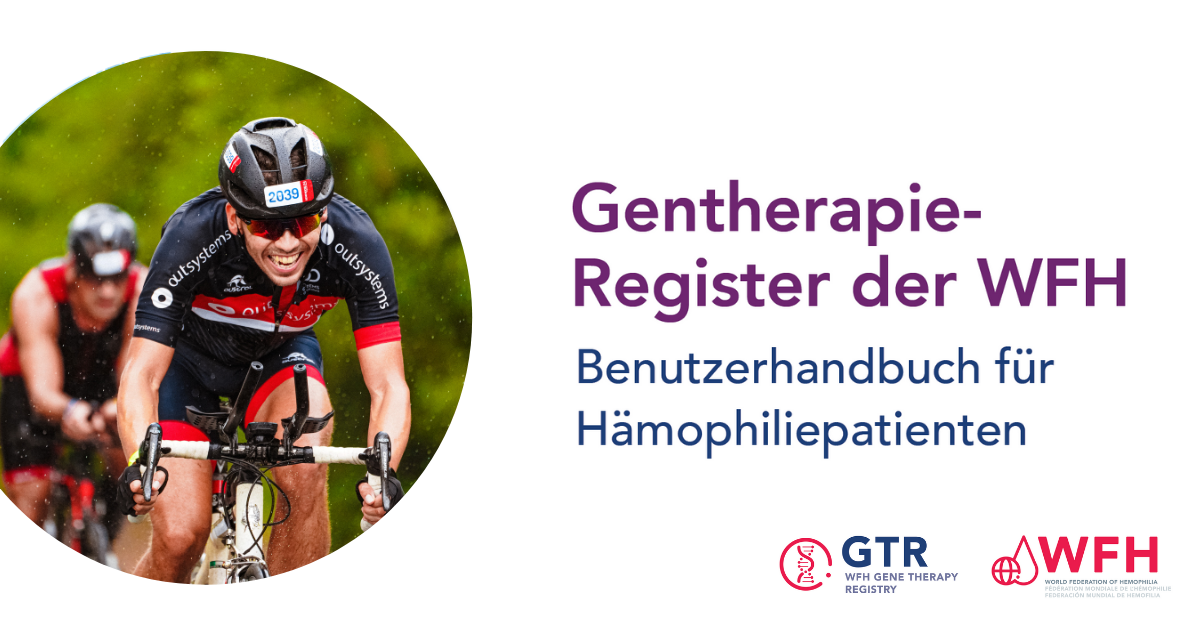
This document is an introductory guide for people with hemophilia who wish to join the World Federation of Hemophilia (WFH)
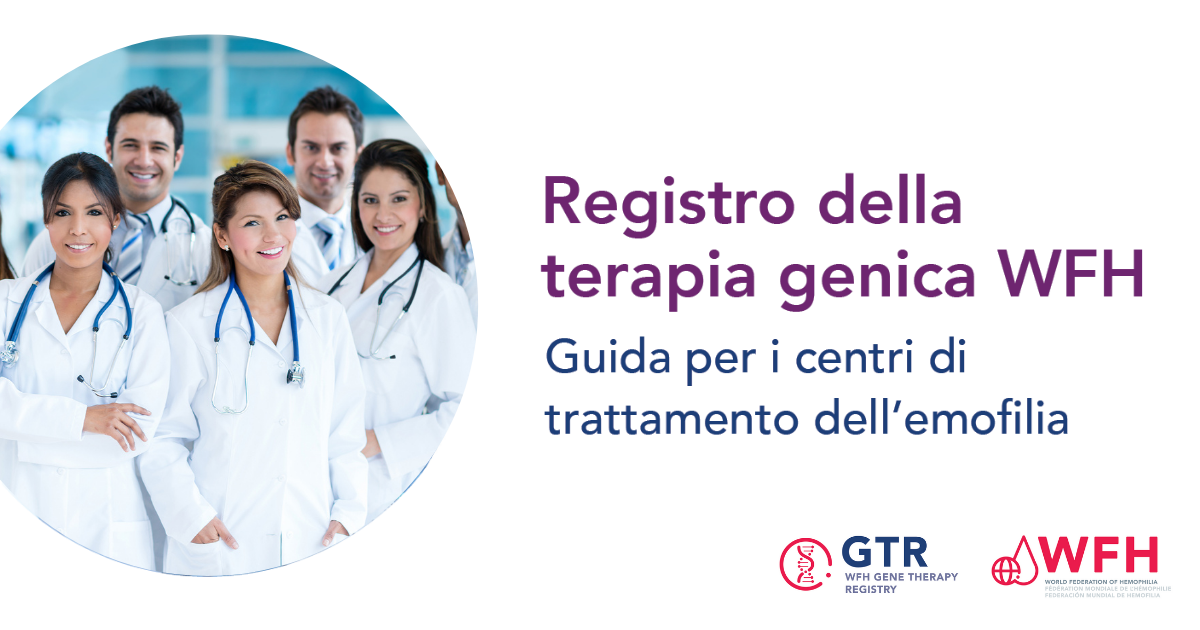
The World Federation of Hemophilia (WFH) Gene Therapy Registry (GTR) welcomes the participation of all Hemophilia Treatment Centres (HTCs) involved
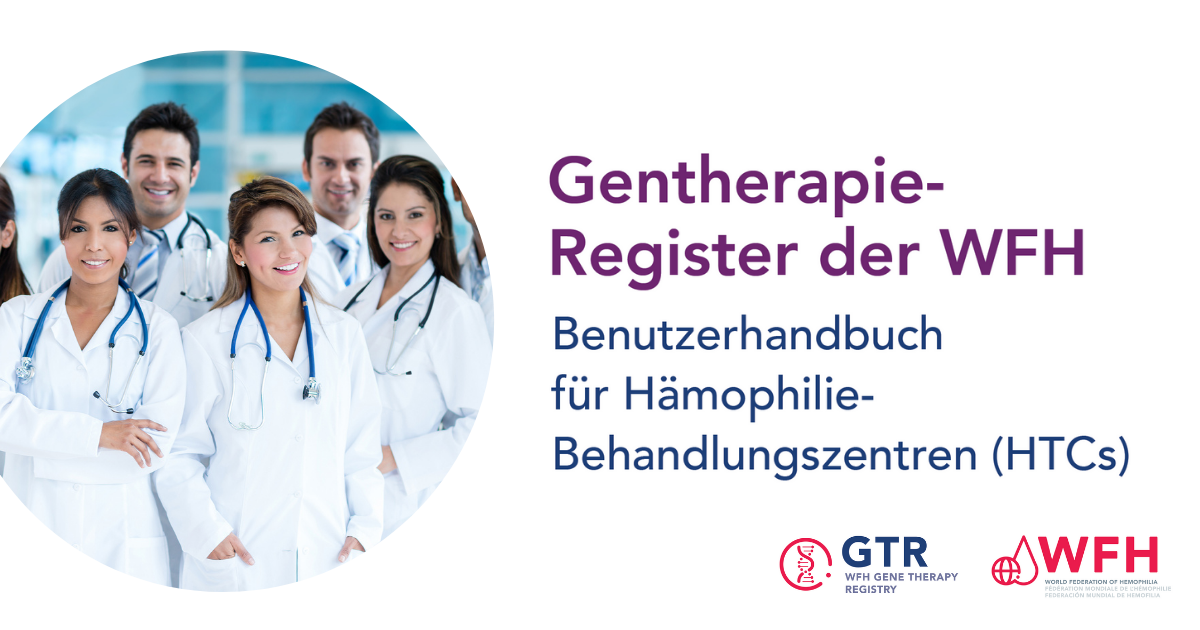
The World Federation of Hemophilia (WFH) Gene Therapy Registry (GTR) welcomes the participation of all Hemophilia Treatment Centres (HTCs) involved
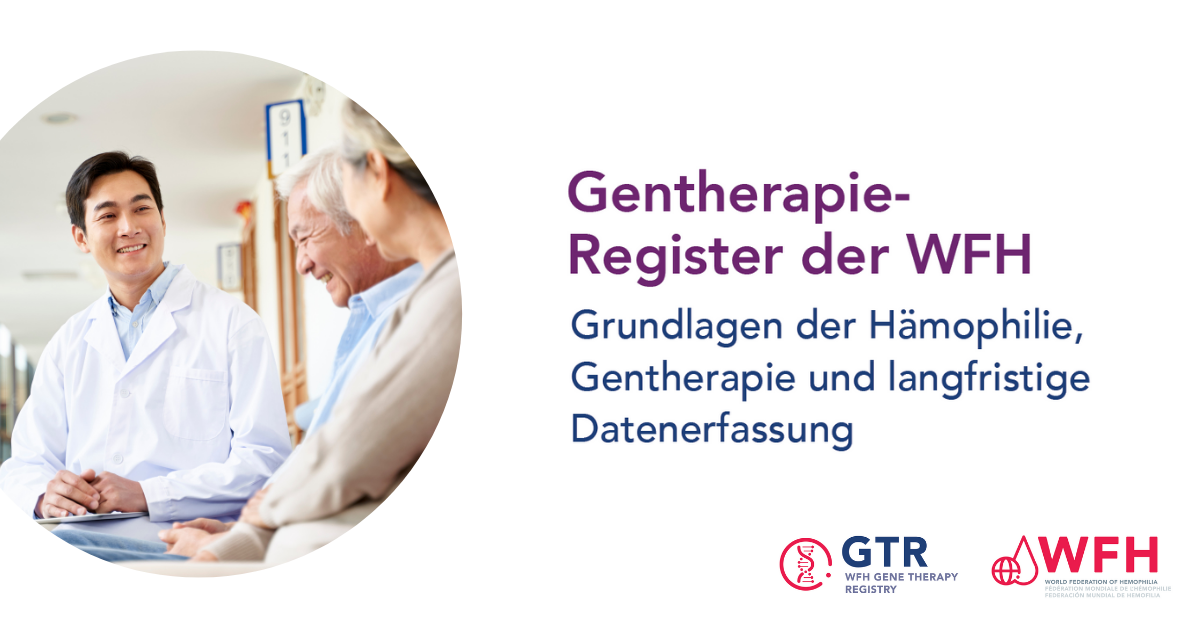
This document is an introductory guide to the World Federation of Hemophilia (WFH) Gene Therapy Registry (GTR). It answers basic
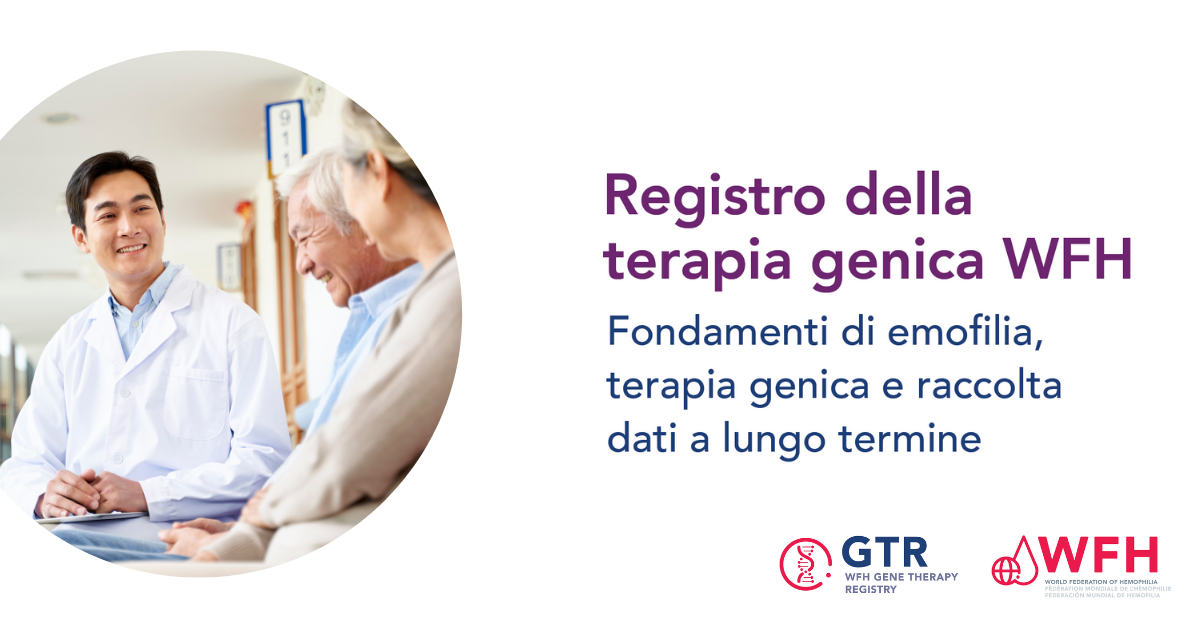
This document is an introductory guide to the World Federation of Hemophilia (WFH) Gene Therapy Registry (GTR). It answers basic